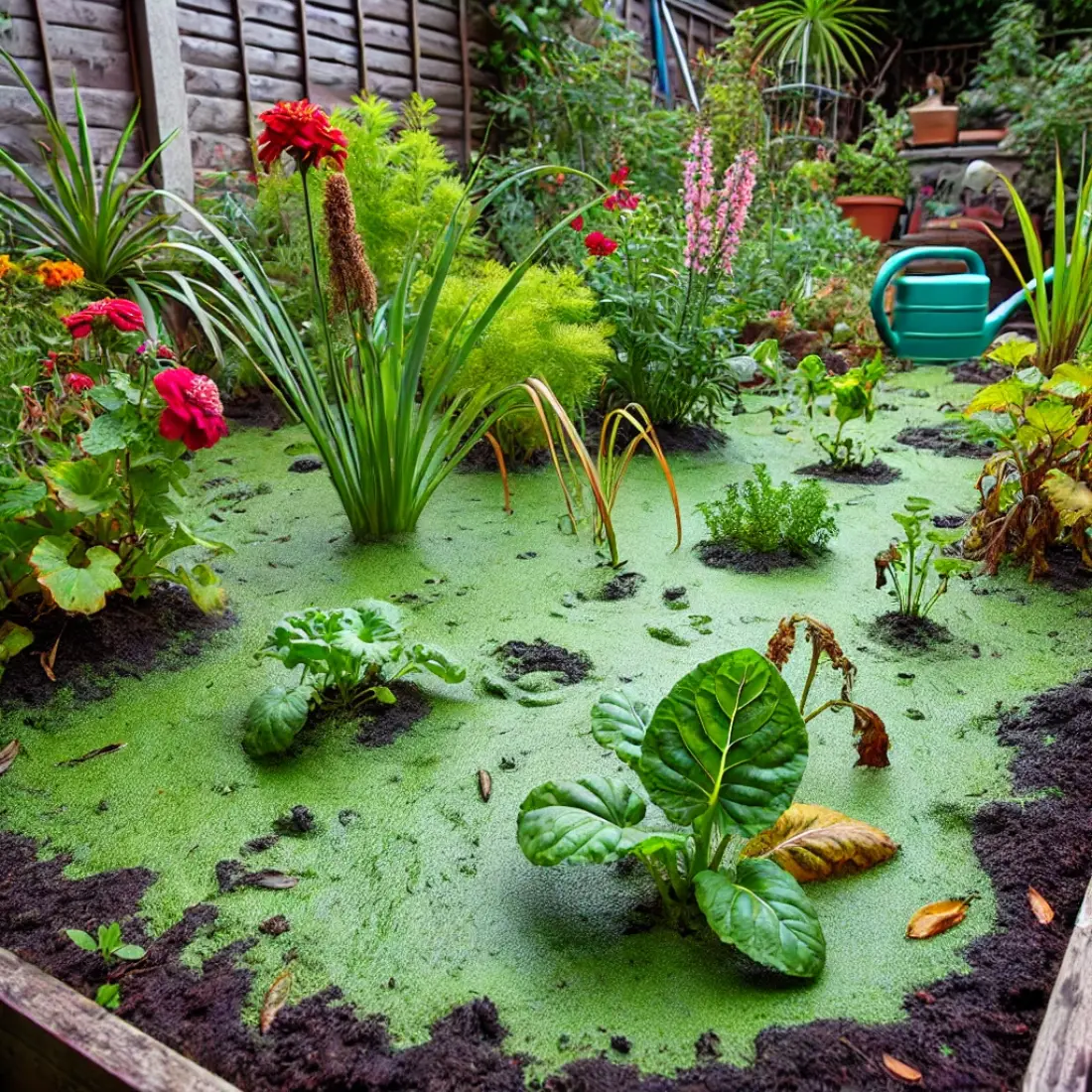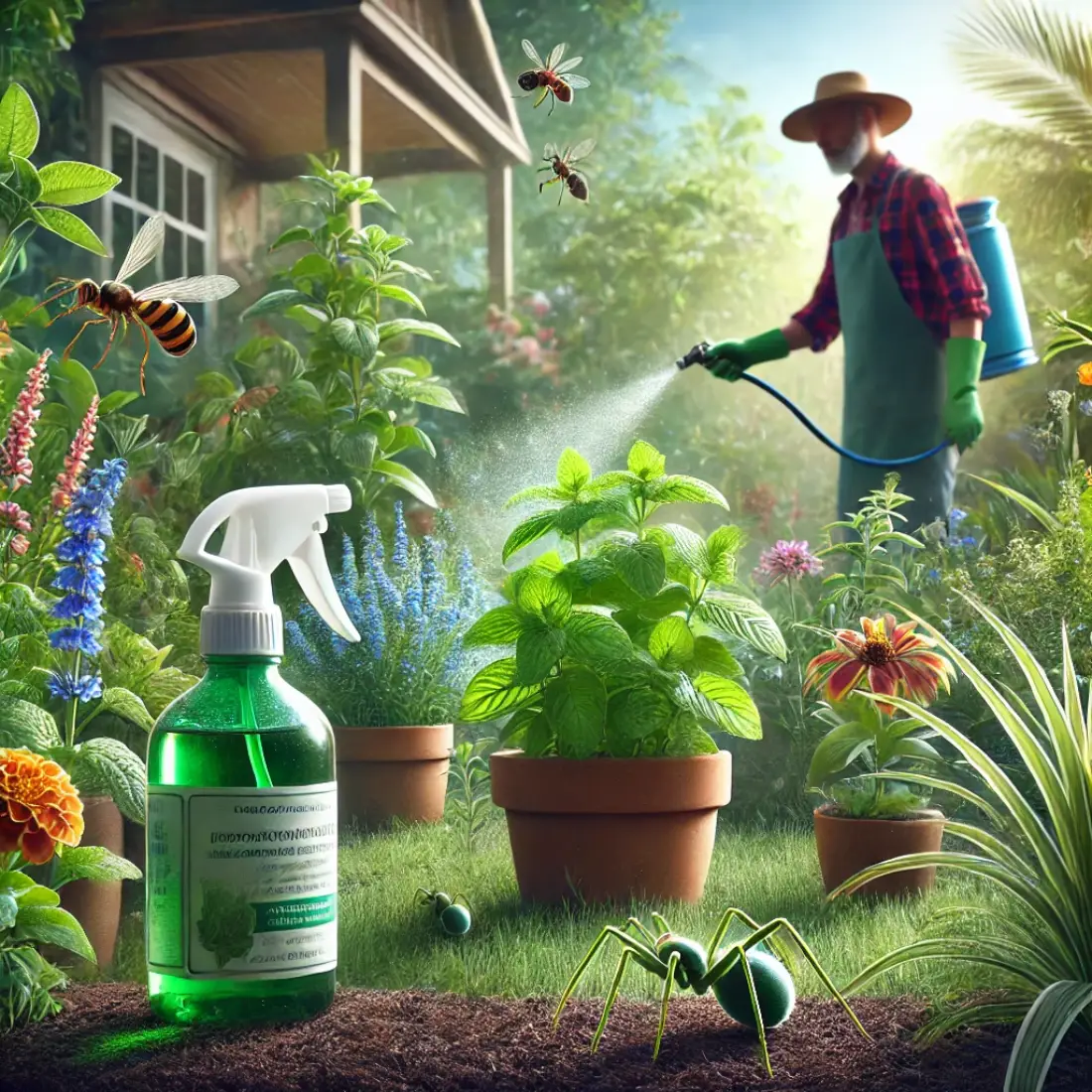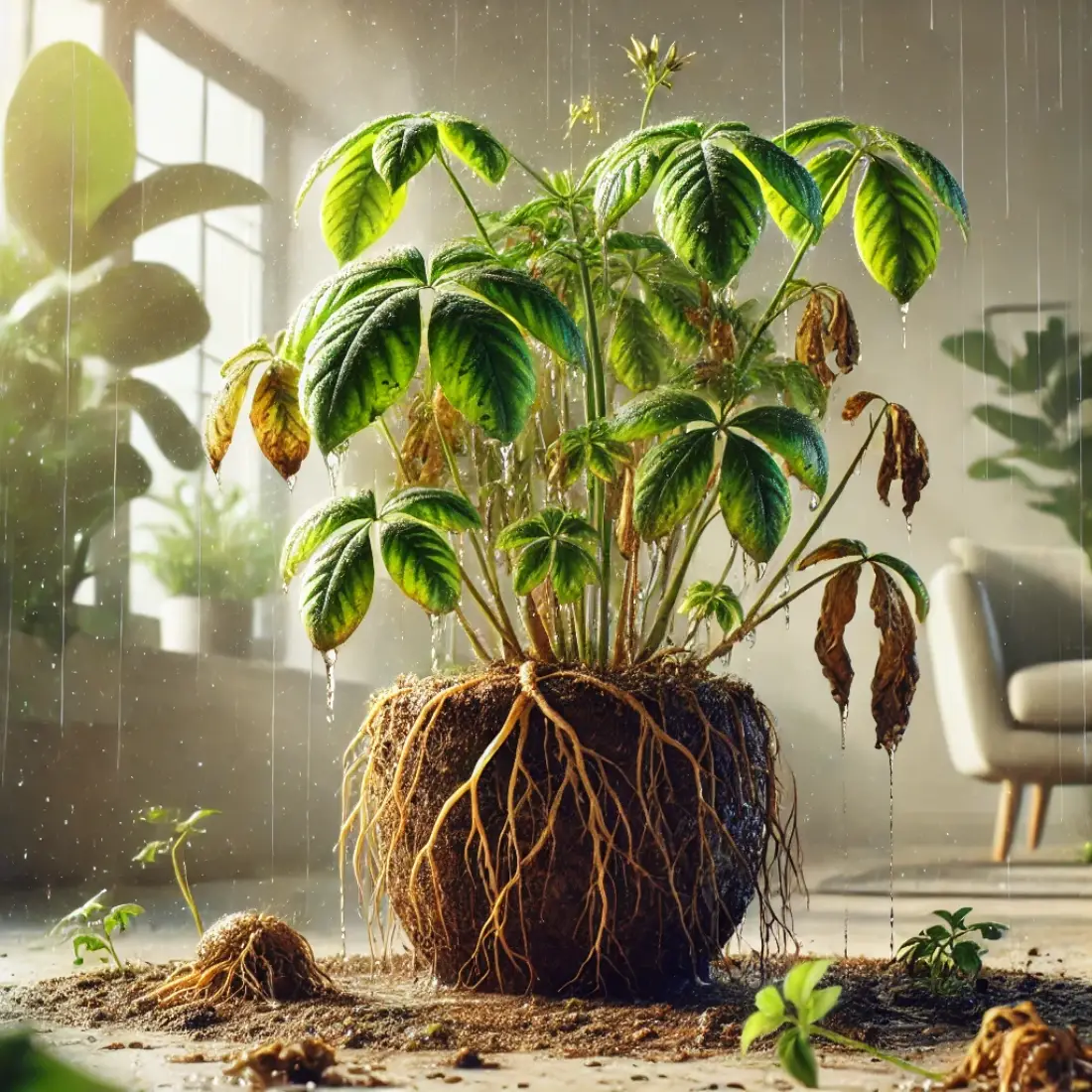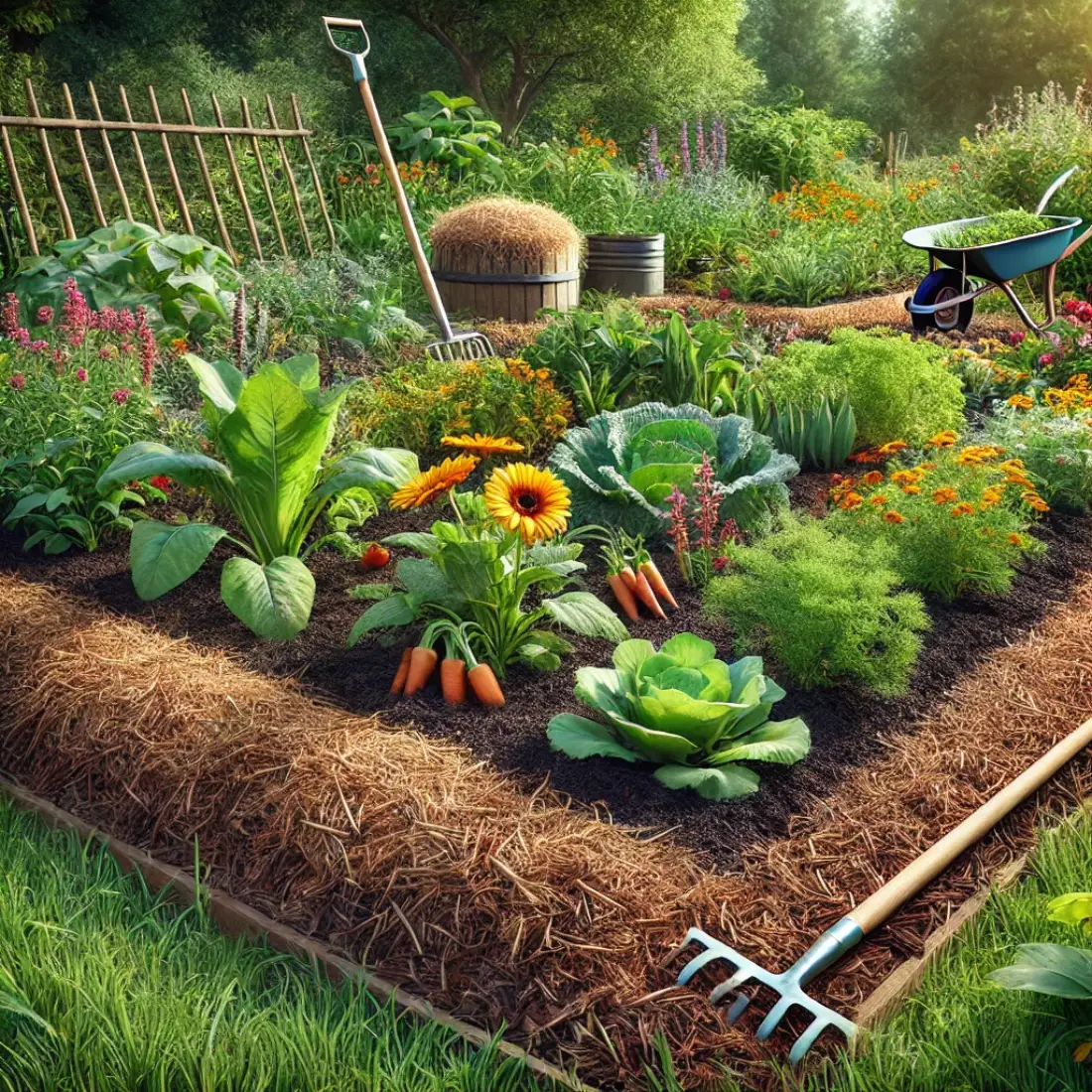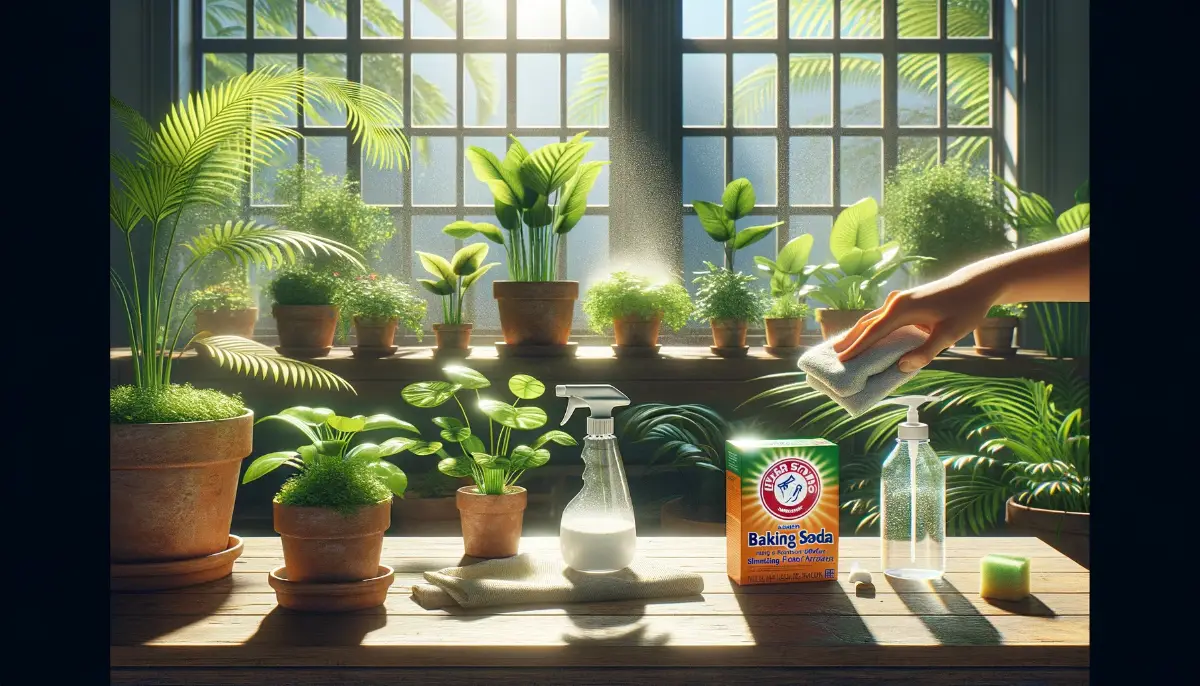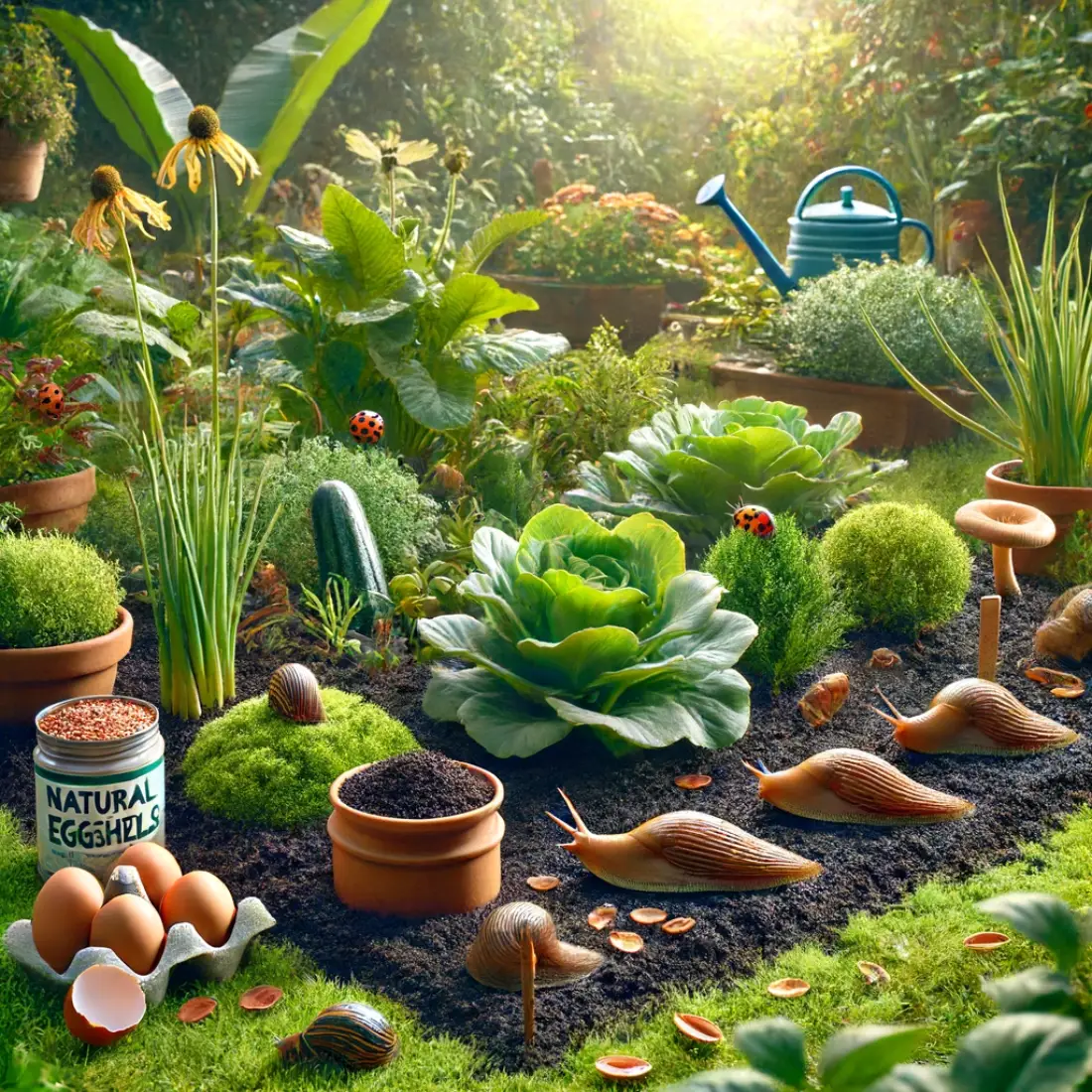Algae on the soil surface can be a common issue for gardeners and farmers, affecting the health and appearance of plants. These simple, non-flowering plants thrive in moist, shaded environments and can quickly cover the soil, blocking sunlight and reducing oxygen levels. If left unchecked, algae can hinder plant growth and seed germination. Fortunately, there are several organic methods to effectively eliminate algae and prevent its return.
- Algae on soil surfaces can hinder plant growth by blocking sunlight and reducing oxygen levels.
- Excess moisture, poor drainage, and soil compaction are primary causes of algae growth.
- Organic methods such as improving soil drainage, increasing aeration, and using natural algaecides can effectively remove algae.
- Preventive measures like proper watering, soil pH management, and ensuring adequate sunlight are essential for long-term algae control.
What is Algae?
Algae are simple, plant-like organisms found in various environments, including soil, water, and on surfaces. They belong to a diverse group of photosynthetic organisms that can range from microscopic single-celled forms to large seaweeds.
In soil, algae typically appear as green, slimy layers on the surface, thriving in moist, nutrient-rich conditions. There are several types of algae that can be found on soil, including green algae, blue-green algae (cyanobacteria), and diatoms. Green algae are most common in garden soils and lawns, often forming a crust that can impede water infiltration and gas exchange in the soil.
Algae growth on soil surfaces is often triggered by factors such as excess moisture, poor drainage, and shaded areas. While algae themselves are not harmful, their presence can indicate underlying soil health issues. Addressing these issues through organic methods can help restore balance and promote a healthier growing environment for plants.
Problems Caused by Algae
Algae on soil surfaces can cause several issues that negatively impact garden health and plant growth. Here are some of the primary problems caused by algae:
Blockage of Sunlight and Oxygen
Algae form a dense layer on the soil surface, which can block sunlight from reaching the soil and plants. This lack of light can hinder the photosynthesis process in young plants and seedlings, leading to stunted growth. Additionally, algae can reduce the oxygen levels in the soil, affecting the roots’ ability to breathe and function properly.
Reduction of Soil Fertility
The presence of algae can alter the soil’s nutrient balance. As algae decompose, they can create an anaerobic (low-oxygen) environment that favors harmful bacteria over beneficial microorganisms. This shift can reduce soil fertility and negatively impact plant health.
Impact on Seed Germination and Plant Growth
Algae can create a hard crust on the soil surface, making it difficult for seeds to penetrate and germinate. This crust can also prevent young seedlings from emerging, resulting in poor plant establishment and uneven growth in garden beds or lawns.
Aesthetic Issues
Algae-covered soil can be unsightly, detracting from the overall appearance of gardens and landscapes. The slimy, green surface can make the garden look neglected and poorly maintained.
Addressing these problems with organic methods can help restore soil health.
Methods to Remove Algae
Algae on soil surfaces can be a persistent problem, but organic methods offer effective solutions to remove and prevent algae without harming the environment.
Manual Removal
Manual removal is a straightforward method to get rid of algae on the soil surface. Use tools like a rake, hoe, or hand trowel to scrape off the algae layer. Be gentle to avoid damaging the underlying soil structure. After removal, dispose of the algae properly to prevent it from spreading to other areas. Manual removal is best suited for small patches and can provide immediate results.
Improving Soil Drainage
Poor drainage is a primary cause of algae growth. To improve soil drainage, start by aerating the soil using a garden fork or aerator. This helps break up compacted soil and allows water to penetrate deeper.
Additionally, consider adding organic matter such as compost or well-rotted manure to enhance soil structure and drainage capacity. Creating raised beds can also help improve drainage by elevating the soil above the surrounding area.
Increasing Soil Aeration
Increasing soil aeration is crucial to reducing algae growth. Aerate the soil by creating small holes using a garden fork or aerator. This process improves air circulation and reduces soil compaction, making it less favorable for algae.
Aerating the soil also promotes the growth of beneficial microorganisms that can outcompete algae for nutrients. Regular aeration, especially in compacted or high-traffic areas, helps maintain a healthy soil environment.
Using Organic Mulches
Applying organic mulches is an effective way to suppress algae growth. Mulches such as straw, wood chips, or shredded leaves create a barrier that blocks sunlight, preventing algae from photosynthesizing. Spread a layer of mulch about 2-3 inches thick over the soil surface.
Mulching not only controls algae but also helps retain soil moisture, regulate temperature, and improve soil fertility as it decomposes. Ensure the mulch is free from weed seeds to avoid introducing new problems.
Applying Natural Algaecides
Natural algaecides can help eliminate algae without harming the soil ecosystem. Common natural algaecides include vinegar, baking soda, and hydrogen peroxide. To use vinegar, mix equal parts water and white vinegar and spray the solution directly onto the algae.
For baking soda, sprinkle a thin layer over the algae-covered soil and water lightly. Hydrogen peroxide can be diluted with water (one part peroxide to ten parts water) and applied to the affected area. These natural remedies can effectively kill algae while being safe for plants and soil.
Promoting Healthy Soil Practices
Maintaining healthy soil practices is key to preventing algae growth. Ensure proper watering by avoiding overwatering and allowing the soil to dry out between waterings. Water plants early in the morning to reduce moisture on the soil surface.
Regularly test soil pH and nutrient levels to maintain a balanced environment. Incorporating organic matter and practicing crop rotation can enhance soil health and reduce algae-promoting conditions. Healthy soil with good structure, proper drainage, and balanced nutrients is less likely to support algae growth.
Encouraging Beneficial Microorganisms
Introducing beneficial microorganisms such as mycorrhizal fungi and beneficial bacteria can outcompete algae for nutrients and space. These microorganisms improve soil health and create a less favorable environment for algae. Use organic inoculants or compost teas to boost the population of beneficial microbes in your soil.
Using Cover Crops
Planting cover crops like clover or rye can help suppress algae growth. Cover crops improve soil structure, enhance nutrient cycling, and provide ground cover that prevents algae from establishing. Once the cover crop matures, it can be tilled into the soil as green manure, further enriching the soil.
Maintaining Garden Hygiene
Keeping your garden clean and free of debris can help prevent algae growth. Regularly remove fallen leaves, plant residues, and other organic matter that can retain moisture and promote algae. Clean garden tools and equipment to prevent the spread of algae spores.
FAQs about Algae
What causes algae to grow on soil surfaces?
Algae growth on soil surfaces is typically caused by excess moisture, poor drainage, high humidity, shade, soil compaction, and nutrient imbalances. These conditions create an ideal environment for algae to thrive and spread.
Can algae harm my plants?
Yes, algae can harm plants by blocking sunlight, reducing oxygen levels, and creating a crust on the soil surface that impedes seed germination and plant growth. While algae themselves are not directly harmful, they indicate underlying soil health issues.
How can I manually remove algae from my soil?
To manually remove algae, use a rake, hoe, or hand trowel to scrape off the algae layer gently. Dispose of the removed algae properly to prevent it from spreading. Manual removal is effective for small patches and provides immediate results.
What are some organic methods to improve soil drainage?
Improving soil drainage can be achieved by aerating the soil with a garden fork or aerator, adding organic matter like compost or well-rotted manure, and creating raised beds. These methods enhance soil structure and water infiltration.
Are there natural algaecides I can use to eliminate algae?
Yes, natural algaecides such as vinegar, baking soda, and hydrogen peroxide can be used to eliminate algae. Vinegar can be mixed with water and sprayed on algae, while baking soda can be sprinkled directly on the algae-covered soil.
How can I prevent algae from coming back after removal?
Prevent algae from returning by ensuring proper watering practices, maintaining balanced soil pH, providing adequate sunlight, and using organic mulches. Regular garden maintenance and healthy soil practices are essential for long-term algae control.
What role do organic mulches play in controlling algae?
Organic mulches such as straw, wood chips, or shredded leaves create a barrier that blocks sunlight, preventing algae from photosynthesizing and growing. Mulching also helps retain soil moisture, regulate temperature, and improve soil fertility as it decomposes.
How can I increase soil aeration to reduce algae growth?
Increase soil aeration by creating small holes using a garden fork or aerator. This process improves air circulation, reduces soil compaction, and promotes the growth of beneficial microorganisms that can outcompete algae for nutrients.
Are cover crops effective in preventing algae growth?
Yes, planting cover crops like clover or rye can help suppress algae growth. Cover crops improve soil structure, enhance nutrient cycling, and provide ground cover that prevents algae from establishing. They can be tilled into the soil as green manure to enrich it further.
What are the signs of underlying soil health issues indicated by algae growth?
Signs of underlying soil health issues indicated by algae growth include poor drainage, soil compaction, nutrient imbalances, and excessive moisture retention. Addressing these issues through organic methods can help restore soil health and prevent algae recurrence.

